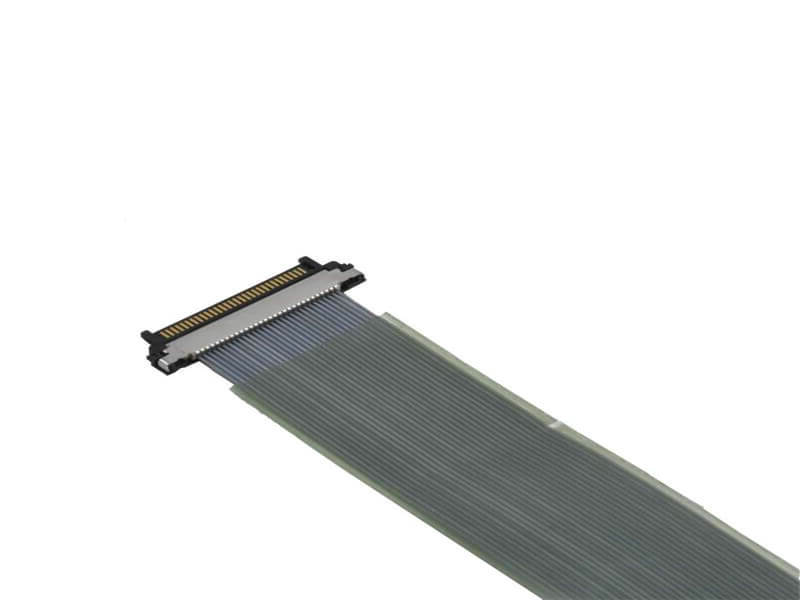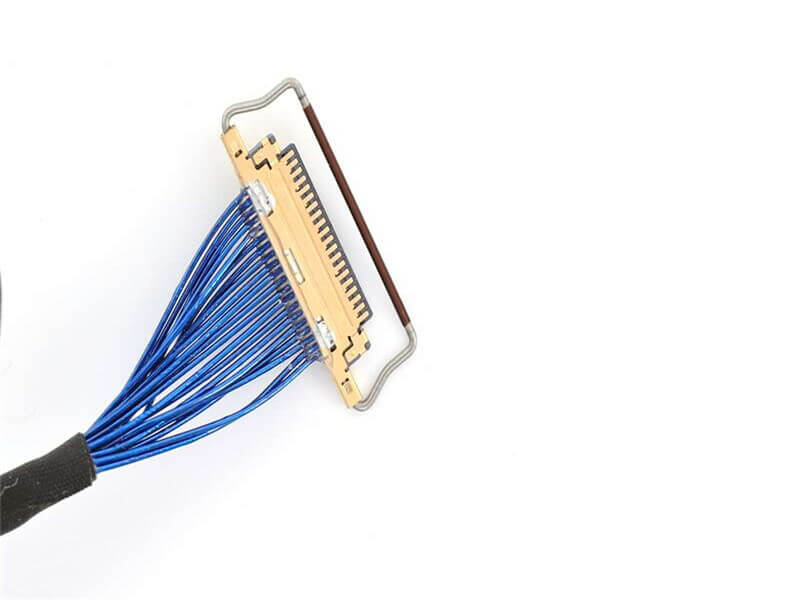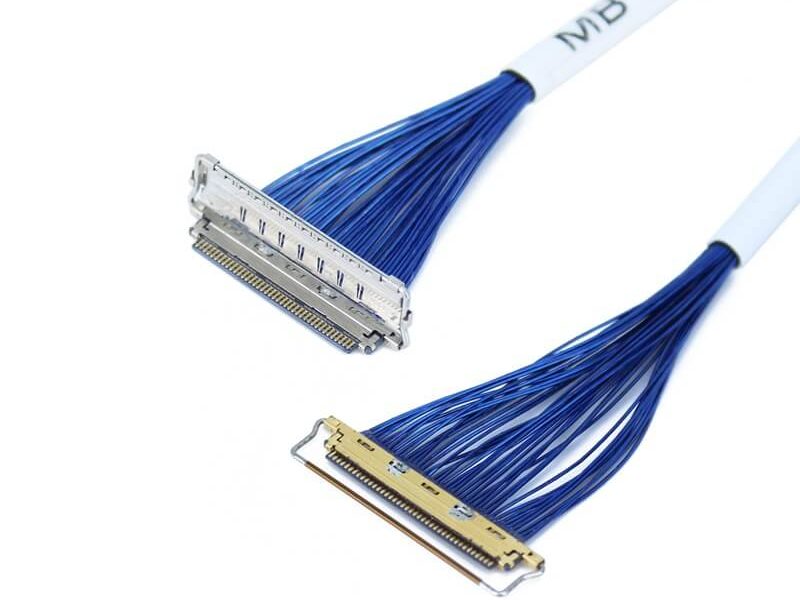Micro-Coaxial Cables in 6G Communication: Key Applications and Techni...
Introduction to Micro-Coaxial Cables in 6G Technology
Micro-coaxial cables are emerging as critical components in 6G communication systems, enabling high-speed data transfer, ultra-low latency, and reliable connectivity. As 6G networks aim to operate at terahertz (THz) frequencies and support advanced applications like holographic communication, autonomous systems, and IoT proliferation, the role of micro-coaxial cables becomes indispensable. This article explores their technical applications in 6G infrastructure and why they are vital for next-gen wireless networks.
1. High-Frequency Signal Transmission
6G networks will operate in higher frequency bands (e.g., 100 GHz to 3 THz) to achieve terabit-per-second speeds. Micro-coaxial cables, with their superior shielding and minimized signal loss, are engineered to handle these extreme frequencies. Their compact design ensures efficient transmission of high-frequency signals across base stations, antennas, and data centers.
2. Low Latency and High Bandwidth
Ultra-reliable low-latency communication (URLLC) is a cornerstone of 6G. Micro-coaxial cables reduce signal propagation delays and electromagnetic interference (EMI), ensuring real-time data transfer for applications like remote surgery, augmented reality (AR), and autonomous vehicles. Their high bandwidth capacity supports dense data traffic in smart cities and industrial automation.
3. Miniaturization of 6G Devices
As 6G devices shrink in size to fit wearables, medical implants, and compact IoT sensors, micro-coaxial cables provide a lightweight, flexible solution. Their small diameter (often <1mm) and bend-resistant design enable seamless integration into space-constrained environments without compromising signal integrity.
4. Enhanced EMI Shielding
6G’s high-frequency signals are vulnerable to interference from environmental noise and adjacent electronic components. Micro-coaxial cables feature multi-layer shielding (e.g., braided shields, foil layers) to block EMI, ensuring stable performance in dense urban deployments and industrial settings.
5. Durable Connectivity for Harsh Environments
Outdoor 6G infrastructure, such as mmWave repeaters and satellite communication terminals, requires cables resistant to temperature fluctuations, moisture, and mechanical stress. Ruggedized micro-coaxial cables with protective jacketing materials (e.g., PTFE, FEP) ensure longevity in extreme conditions.
6. Integration with Advanced Antenna Systems
Massive MIMO (Multiple-Input Multiple-Output) and phased-array antennas in 6G rely on precise signal routing. Micro-coaxial cables enable high-density interconnects between antenna elements, supporting beamforming and spatial multiplexing techniques for enhanced network coverage and capacity.
7. Enabling Terahertz Communication
Researchers are exploring terahertz waves for 6G’s ultra-high-speed links. Micro-coaxial cables with low dielectric loss and precise impedance matching are essential for prototyping and deploying THz communication systems, including short-range backhaul and chip-to-chip interconnects.





